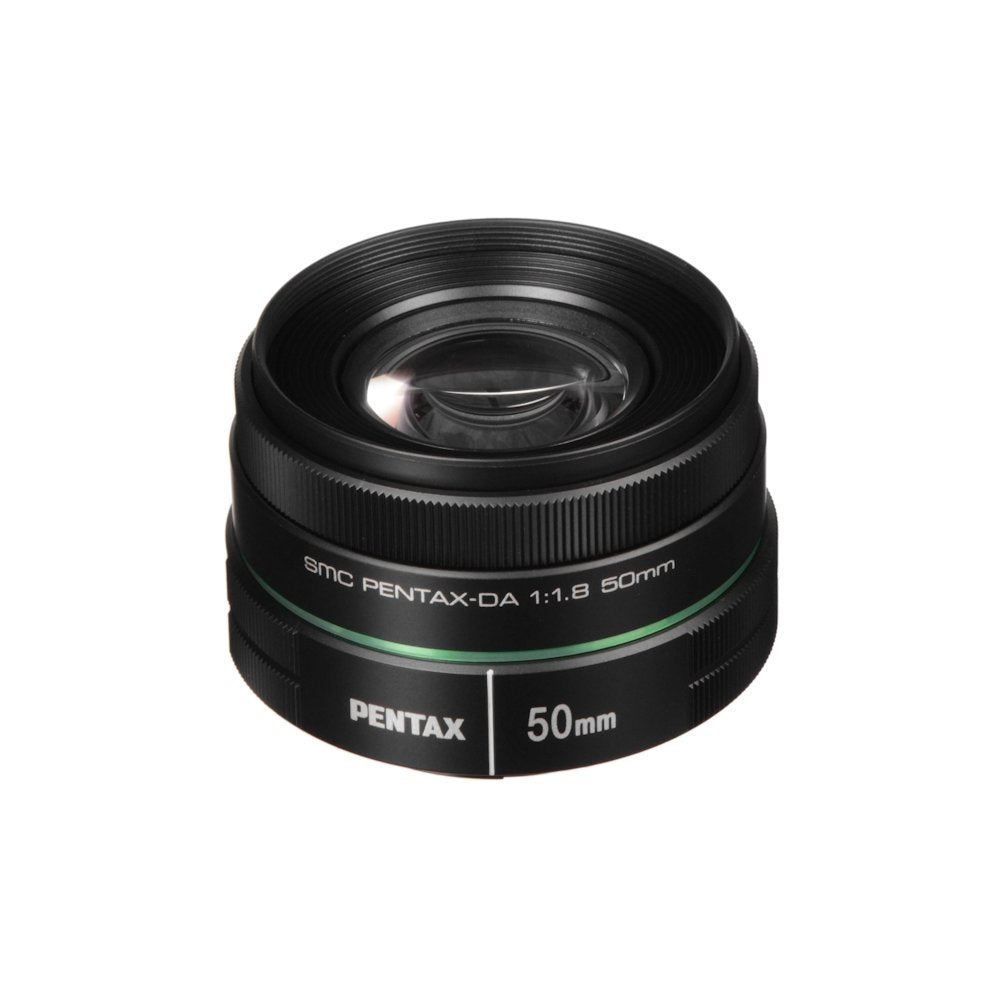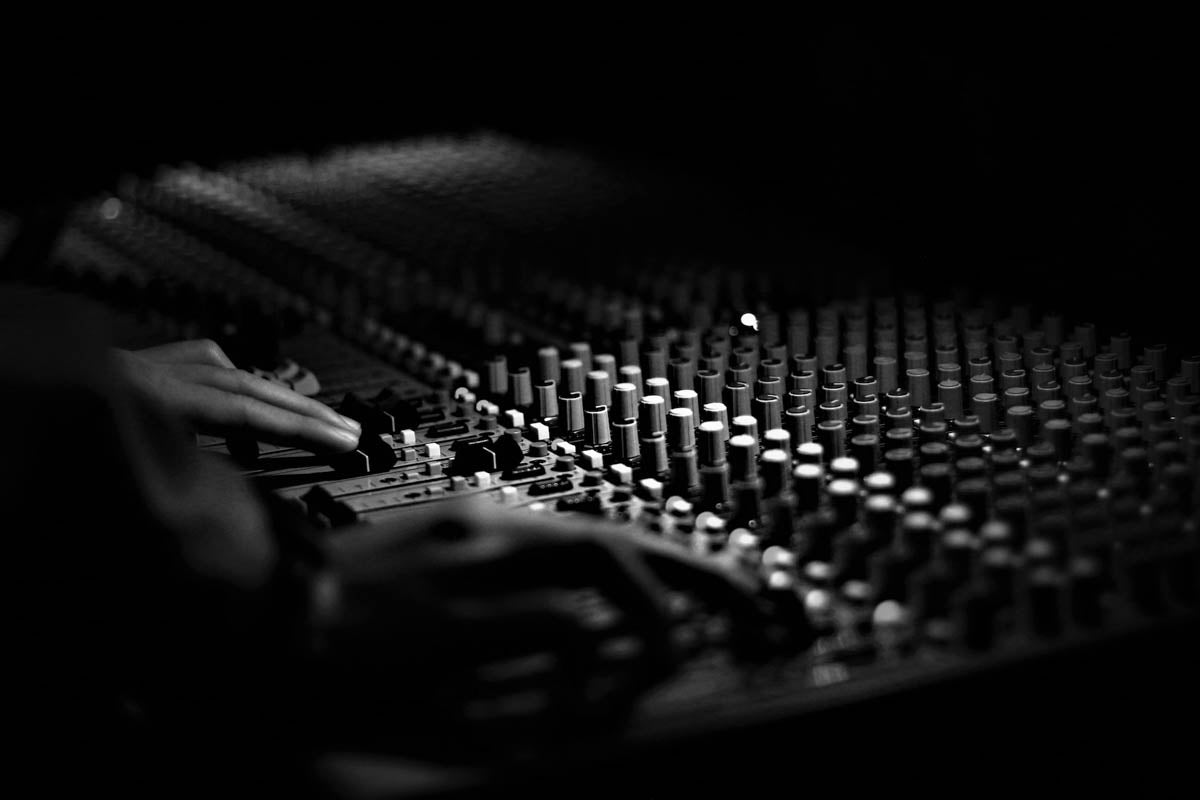Product Description
Pentax 50mm F/1.8 SMC DA Lens – Fast, Lightweight Prime for Stunning Portraits
Bright & Compact Standard Prime Lens for Pentax K-Mount DSLRs
The Pentax 50mm F/1.8 SMC DA is a fast, lightweight prime lens, designed for Pentax APS-C DSLR cameras, providing an effective focal length of 76.5mm in full-frame terms. With a large F/1.8 maximum aperture, this lens excels in low-light photography, portraits, and creative depth-of-field control, delivering sharp images with smooth, natural bokeh.
Featuring Pentax’s Super Protect (SP) Coating, this lens repels dust, water, and grease, making it easy to clean and maintain. Its compact and lightweight design ensures effortless handling, making it an excellent everyday lens for photographers of all levels.
Key Features & Benefits
Bright F/1.8 Aperture for Low-Light & Depth Control
- Large F/1.8 maximum aperture allows for excellent low-light performance and faster shutter speeds.
- Shallow depth of field for subject isolation, creating beautifully soft and natural bokeh.
- Perfect for portraits, still life, street photography, and creative close-ups.
Sharp, High-Contrast Images with Optimised Optics
- Astigmatism correction for superior clarity, ensuring edge-to-edge sharpness.
- Round diaphragm enhances smooth, natural background blur, ideal for portraits and subject isolation.
Super Protect (SP) Coating for Durability & Easy Maintenance
- SP Coating repels dust, water, and grease, keeping the lens clean and protected.
- Easier to wipe off oily stains such as fingerprints and cosmetics.
Compact & Lightweight for Everyday Shooting
- Weighing only 122g, this lens is highly portable and perfect for travel.
- Minimalist design with smooth handling, ideal for beginners and professionals alike.
Why Choose the Pentax 50mm F/1.8 SMC DA?
- Bright F/1.8 aperture for exceptional low-light performance.
- Compact and lightweight design, perfect for travel and everyday use.
- Super Protect (SP) Coating for durability and easy cleaning.
- Beautiful bokeh rendering for professional-looking portraits.
- Optimised optics for sharp, high-contrast images with reduced aberrations.
Capture Stunning Portraits & Low-Light Scenes with the Pentax 50mm F/1.8
For photographers seeking a fast, affordable, and high-quality prime lens, the Pentax 50mm F/1.8 SMC DA delivers exceptional image clarity, smooth bokeh, and reliable low-light performance in a compact and lightweight package. Whether you're capturing portraits, still life, or everyday moments, this lens ensures stunning results with ease.
| Type | Telephoto |
|---|---|
| Focal length (Equivalent to 35mm format) | 50mm (76.5mm) |
| Maximum aperture | F1.8 |
| Minimum aperture | F22 |
| Angle of View | 31.5° |
| Lens construction | 6 elements / 5 groups |
| No. of diaphragm blades | 7 |
| Closest focusing distance | 0.45m |
| Maximum reproduction ratio | 0.15x |
| Filter size | 52mm |
| Diameter x length | 63 x 38.5 mm |
| Weight | 122g |
Payment & Security
Your payment information is processed securely. We do not store credit card details nor have access to your credit card information.





















